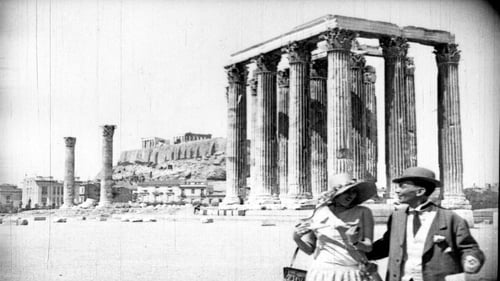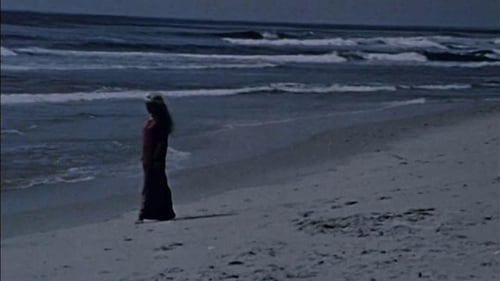Brainless John (1959)
장르 : 다큐멘터리
상영시간 : 16분
연출 : Luis A. Maisonet
시놉시스
A man believes all the advertising he hears.

The oldest Greek feature film to be saved, starring a burlesque comedian Sfakianos (or Villar), who had trained in France. Villar gets a job at a dry cleaner’s and wanders through Athens. He makes one gaffe after the other and gets involved in various adventures.

A lyrical recreation of Lightnin’ Hopkins’ decision at age eight to stop chopping cotton and start singing for a living.

Standard Gauge is an autobiographical film that examines Morgan Fisher’s work as an editor in the film industry. The film goes through scraps of rejected material along with commentary on the meaning of all the scrapped images. This film is an account and critique of the processes of meaning within film production through an examination of both materialism and the institution of film itself.

In this child's game, a live-action boy and girl draw characters and compete who is better. The girl draws a flower and the boy draws a car that runs it over. Then a drawn lion chases a drawn girl, until it all becomes frightfully serious.

Less and Less, Luc Moullet’s 40th film, concerns development and expansion, from 1968 to 2010, of the devices based on computers, automats, interactive terminals and others that can be found everywhere.

In Rembrandt, Haanstra shows that it is possible to make a fascinating film only with images from paintings. He had to travel though all over Europe to numerous museums and private owners in order to film the works of art. In the work of the great painter, Haanstra recognizes his particular interest in man as an individual human being, cutting straight through all the religious motives. And Haanstra also wants to see Rembrandt as an individual.

Finished their careers of Law and Medicine, respectively, Antonio Redondo and Josefina Castro, a pair of young Spanish newlyweds, are looking for work to buy an apartment and start a life together, but they will face enormous difficulties throughout the process.

German war documentary about Yugoslavia from 1941.

In the summer of 1924 Claude Friese-Greene, a pioneer of colour cinematography, set out from Cornwall with the aim of recording life on the road between Land’s End and John O’Groats. Entitled The Open Road, his remarkable travelogue was conceived as a series of shorts, 26 episodes in all, to be shown weekly at the cinema. The result is a fascinating portrait of inter-war Britain, in which town and country, people and landscapes are captured as never before, in a truly unique and rich colour palette.

An atmospheric portrait of four women who leave the factory where they work to go to the beach.

A young African man must try every trick in the book in this attempts to win the heart of the most beautiful girl in his village.

An ailing elderly woman is paid a perfunctory visit by her family while she sits despondently in a nursing home. Nobody can get through to her except for her young grandson, who talks to her about the happy times they shared between the two of them when she was well.

Short directed by Mansour Sora Wade.

A film diary in which Perlov films the minutiae of his and his family's day-to-day life. From these small bits, he builds up a broad picture of life in Israel in the '70s and '80s.

Seminal piece of documentary filmmaking by New Wave director Karel Reisz following the daily activities of members of the Lambeth Youth club in late-1950s London.

A shunter's job is to slow down, link, and unlink train wagons at a central station. The film documents - without any commentary - the working hours of few shunters at the shunting-station Dresden-Friedrichstadt, which was the largest such station in all of the former German Democratic Republic. They work day and night, amidst snow and fog at the railway tracks, speaking only as much as necessary.

Using edited archive footage, mockery is made of Italy's dictator Benito Mussolini.

Photographed by an all-female crew and directed by the author of Sexual Politics, these are autobiographical interiews with three very different women who talk frankly about their lives, conflicts, and contrasting life styles.

Director S. Sukhdev traveled the length of India to gather footage for his impressionistic portrait of the country in the year 1967. The film produces the same effect on the viewers as a month-long visit to India, a sense of having seen everything and a sense of having seen nothing, both at the same time.

The Page family lives without electricity or running water deep in the Sussex woods. Amidst ever-growing modernity and industrialization, the family carries out chores, hunts pheasants, builds steam engines, and postulates on man's trip to the moon. They demonstrate fine lateral thinking and, through their particular delivery, display fears and concerns about pollution, intensive farming, mechanization, and self-fulfillment during a time of technological advancement.















